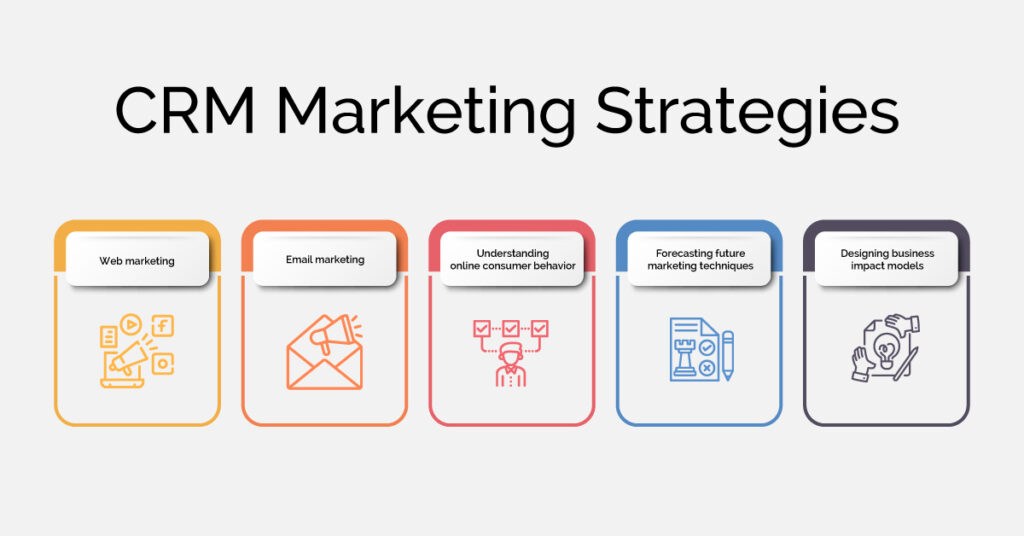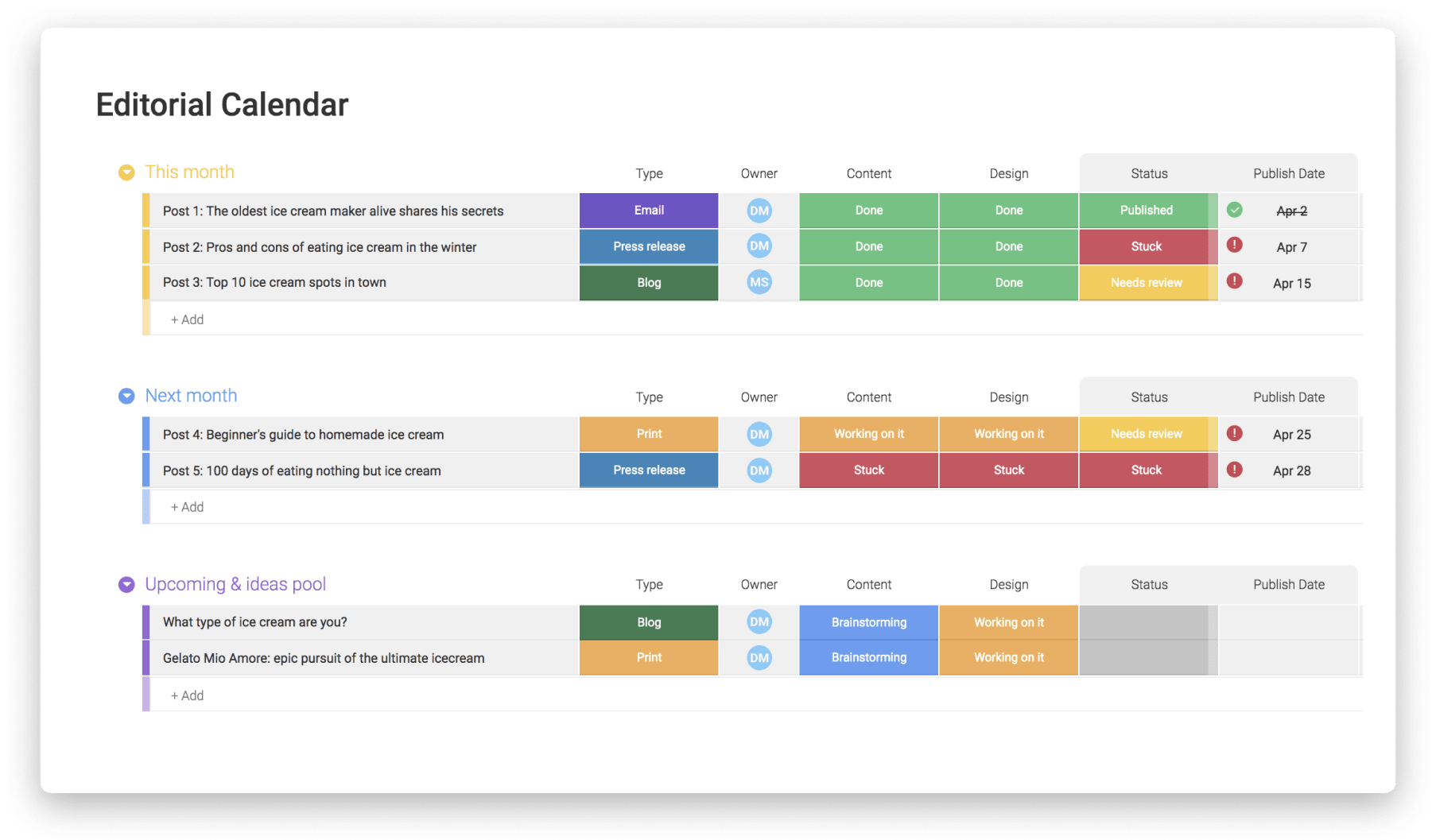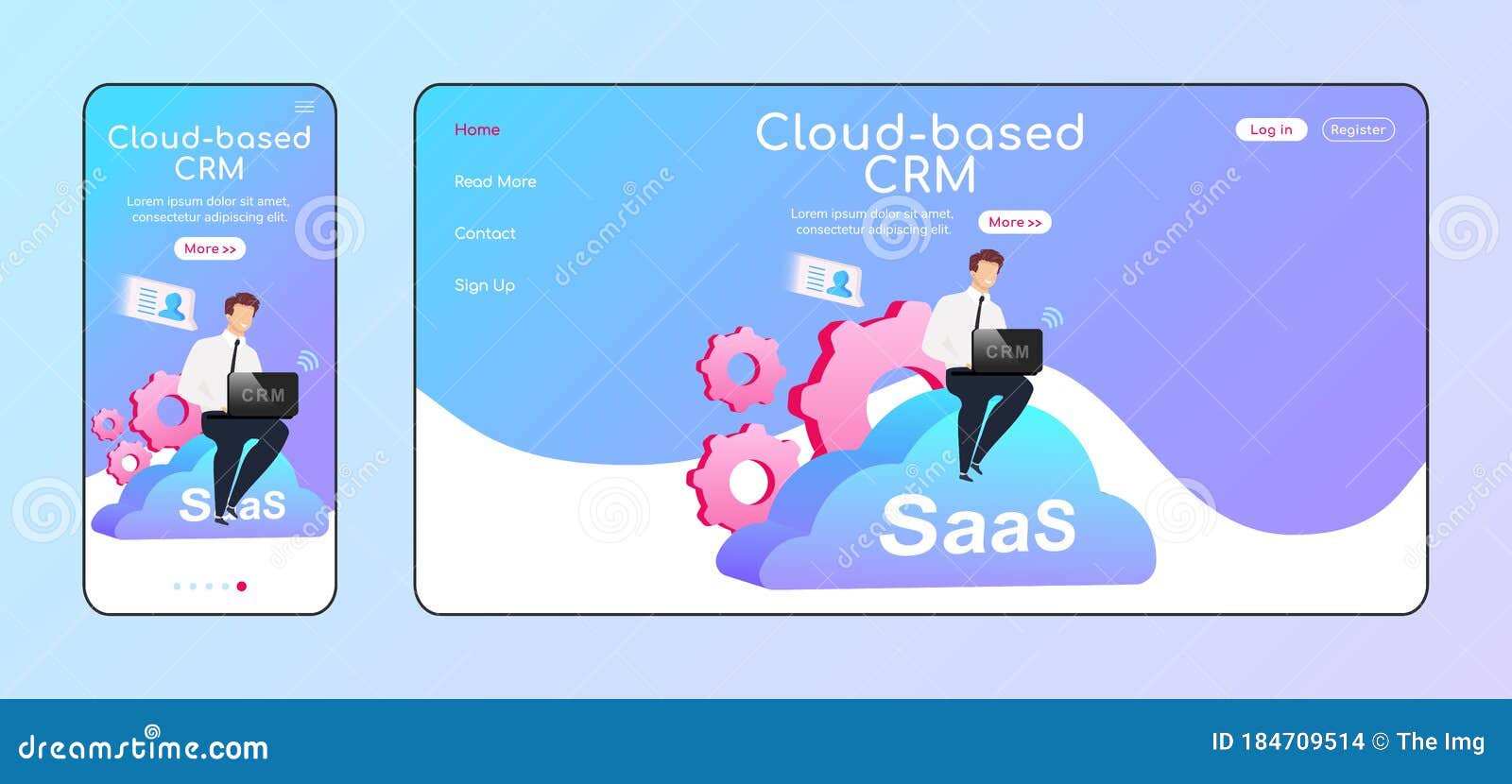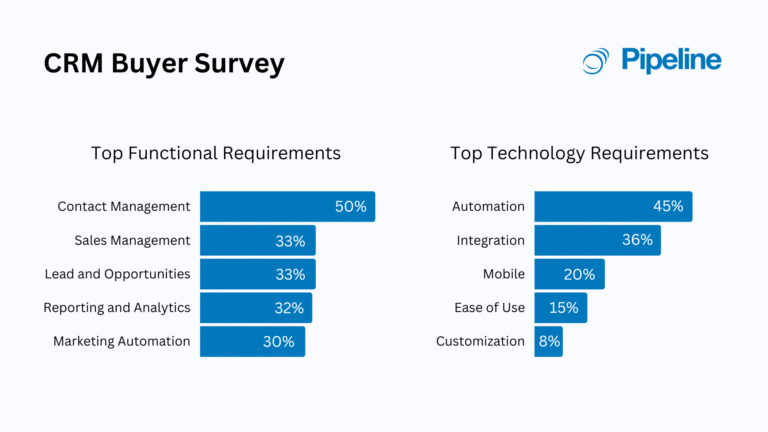Unlocking Growth: Crafting Compelling CRM Marketing Case Studies That Convert
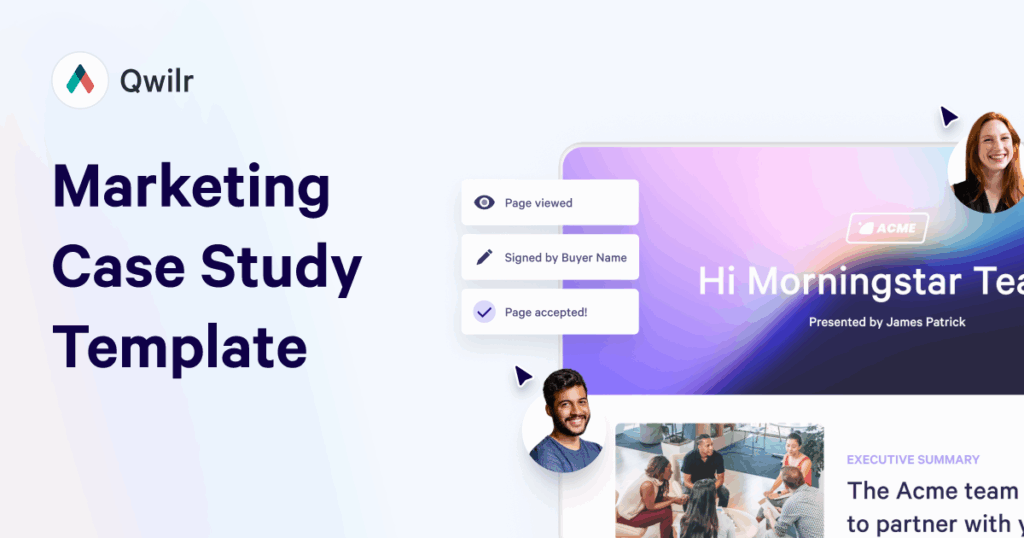
Unlocking Growth: Crafting Compelling CRM Marketing Case Studies That Convert
In today’s competitive landscape, businesses are constantly seeking new ways to attract and retain customers. A well-executed Customer Relationship Management (CRM) strategy is no longer a luxury; it’s a necessity. But how do you demonstrate the tangible value of your CRM investment? The answer lies in the power of compelling CRM marketing case studies. This comprehensive guide will walk you through every step of the process, from identifying the right success stories to crafting narratives that resonate with your target audience and ultimately drive conversions.
Why CRM Marketing Case Studies Matter
Before diving into the ‘how,’ let’s explore the ‘why.’ Case studies are invaluable marketing tools for several key reasons:
- Social Proof: They provide credible evidence that your CRM solutions deliver real results. Potential customers are more likely to trust your claims when backed by concrete examples of success.
- Demonstration of Value: Case studies showcase the specific benefits of your CRM, such as increased sales, improved customer satisfaction, streamlined workflows, and reduced costs.
- Targeted Messaging: You can tailor your case studies to address the specific needs and challenges of different customer segments, making your messaging more relevant and impactful.
- Lead Generation: Case studies can be gated behind a form, allowing you to capture valuable lead information and nurture potential customers.
- SEO Benefits: Well-optimized case studies can improve your search engine rankings, driving organic traffic to your website.
Step-by-Step Guide to Creating Powerful CRM Marketing Case Studies
Creating a successful CRM marketing case study involves a structured approach. Follow these steps to maximize your impact:
1. Identify and Select the Right Customers
Not every customer is a good candidate for a case study. Look for customers who:
- Have Achieved Significant Results: Focus on customers who have experienced demonstrable improvements in key performance indicators (KPIs) such as revenue, customer satisfaction, or efficiency.
- Are Willing to Participate: Secure their consent and cooperation. The customer’s willingness to share their experiences is crucial for an authentic case study.
- Represent Your Target Audience: Choose customers who align with the ideal customer profile you’re trying to attract. This ensures your case study resonates with the right prospects.
- Are in a Relevant Industry: While success stories are universally appealing, those that align with your target industries will resonate more strongly with your desired prospects.
Pro Tip: Start by reviewing your CRM data to identify customers who have shown significant improvements after implementing your solution. Reach out to your customer success or sales teams for recommendations.
2. Secure Customer Approval and Define Scope
Once you’ve identified potential candidates, reach out to them and explain the purpose of the case study. Clearly outline:
- The Benefits: Highlight the advantages for the customer, such as increased visibility, brand awareness, and validation of their success.
- The Process: Explain the interview process, data requirements, and review process to manage their expectations.
- The Scope: Define the specific areas of their business you’ll focus on and the key metrics you’ll highlight.
- Confidentiality: Assure them of the confidentiality of any sensitive information.
Obtain written consent before proceeding. This protects both you and the customer.
3. Conduct Thorough Research and Data Collection
The heart of a compelling case study is solid data. Gather the following:
- Customer Interviews: Conduct in-depth interviews with the customer, focusing on their challenges, the solutions they implemented, and the results they achieved. Ask open-ended questions to encourage detailed responses.
- Quantitative Data: Collect hard numbers to support your claims. This includes metrics like revenue growth, conversion rates, customer satisfaction scores, and cost savings.
- Qualitative Data: Capture customer testimonials, quotes, and anecdotes to add authenticity and emotional resonance.
- Before-and-After Comparisons: Showcase the customer’s situation before and after implementing your CRM solution. This illustrates the tangible impact of your product or service.
Pro Tip: Use a structured interview guide to ensure you cover all essential topics. Record the interviews (with permission) to capture accurate quotes and details.
4. Structure Your Case Study for Maximum Impact
A well-structured case study tells a clear and compelling story. Here’s a recommended format:
- Headline: Create a captivating headline that grabs the reader’s attention and highlights the key benefit.
- Executive Summary: Provide a brief overview of the customer, the challenge, the solution, and the results.
- The Challenge: Describe the customer’s problem or pain points before implementing your CRM solution. Be specific and relatable.
- The Solution: Explain how your CRM solution addressed the customer’s challenges. Highlight the features and benefits that were most relevant.
- The Implementation: Briefly describe the implementation process. Mention any challenges and how they were overcome.
- The Results: Present the quantitative and qualitative results, using compelling data and customer quotes.
- Conclusion: Summarize the key takeaways and reiterate the value of your CRM solution.
- Call to Action: Encourage readers to take the next step, such as requesting a demo, downloading a resource, or contacting your sales team.
Pro Tip: Use visuals, such as charts, graphs, and images, to make your case study more engaging and easier to understand.
5. Write Compelling Content
The writing style should be clear, concise, and engaging. Here are some tips:
- Use a Storytelling Approach: Frame the case study as a narrative, guiding the reader through the customer’s journey.
- Focus on Benefits, Not Just Features: Emphasize how your CRM solution helped the customer achieve their goals.
- Use Customer Quotes: Incorporate authentic quotes to add credibility and emotional impact.
- Keep it Concise: Avoid jargon and technical terms that might confuse readers.
- Proofread Carefully: Ensure your case study is free of grammatical errors and typos.
Pro Tip: Write in the customer’s voice. Use their language and terminology to make the case study more relatable.
6. Optimize for Search Engines (SEO)
To maximize the visibility of your case study, optimize it for search engines:
- Keyword Research: Identify relevant keywords that your target audience is searching for.
- Keyword Optimization: Incorporate these keywords into your headline, subheadings, body text, image alt tags, and meta description.
- URL Optimization: Create a descriptive and keyword-rich URL for your case study.
- Internal Linking: Link to your case study from other relevant pages on your website.
- Mobile Optimization: Ensure your case study is mobile-friendly, as a significant portion of web traffic comes from mobile devices.
Pro Tip: Use SEO tools to analyze your case study’s performance and identify areas for improvement.
7. Design and Formatting
A visually appealing case study is more likely to capture and hold the reader’s attention. Consider the following:
- Professional Design: Use a clean and modern design.
- Visuals: Incorporate high-quality images, charts, graphs, and videos.
- White Space: Use white space to break up the text and improve readability.
- Font Choice: Choose a readable font and use appropriate font sizes.
- Brand Consistency: Ensure your case study aligns with your brand’s visual identity.
Pro Tip: If you don’t have an in-house designer, consider hiring a freelance designer to create a professional-looking case study.
8. Promote Your Case Study
Creating a great case study is only half the battle. You need to promote it to reach your target audience:
- Website: Publish your case study on your website and make it easily accessible.
- Blog: Write a blog post summarizing your case study and linking to the full version.
- Social Media: Share your case study on social media platforms, such as LinkedIn, Twitter, and Facebook.
- Email Marketing: Send an email to your subscribers, highlighting your case study and its benefits.
- Paid Advertising: Consider running paid advertising campaigns to promote your case study to a wider audience.
- Partnerships: Collaborate with industry influencers or partners to promote your case study.
Pro Tip: Track the performance of your promotional efforts to see what’s working and what’s not. Adjust your strategy accordingly.
Examples of Effective CRM Marketing Case Studies
Let’s examine some examples of effective CRM marketing case studies and what makes them successful:
Example 1: Salesforce and Charles Schwab
This case study highlights how Salesforce helped Charles Schwab improve its customer service and streamline its operations. Key elements of its success:
- Clear Problem Statement: Schwab’s need to improve customer service and streamline operations.
- Specific Solution: Salesforce implementation.
- Quantifiable Results: Increased customer satisfaction scores and operational efficiencies.
- Compelling Quotes: Direct quotes from Charles Schwab executives.
- Visuals: Clean design with relevant images.
Example 2: HubSpot and Wistia
This case study focuses on how HubSpot helped Wistia improve its inbound marketing efforts. Key elements of its success:
- Relatable Challenge: Wistia’s desire to attract more qualified leads.
- Specific Solution: HubSpot’s marketing automation platform.
- Measurable Results: Increased website traffic, lead generation, and conversion rates.
- Engaging Storytelling: The case study tells Wistia’s story in a compelling way.
- Call to Action: Encourages readers to learn more about HubSpot.
Example 3: Zendesk and Shopify
This case study showcases how Zendesk helped Shopify enhance its customer support. Key elements of its success:
- Focus on Customer Experience: Highlights the importance of excellent customer support.
- Clear Problem: Shopify needed to scale its support operations.
- Solution: Zendesk’s customer service platform.
- Impressive Results: Reduced support ticket resolution times and improved customer satisfaction.
- Strong Visuals: Uses screenshots and graphics to illustrate the benefits.
Common Mistakes to Avoid
While crafting case studies is a powerful marketing tool, certain pitfalls can undermine their effectiveness:
- Lack of Focus: Trying to cover too much ground can dilute the impact of your case study.
- Insufficient Data: Relying on vague claims instead of providing concrete evidence.
- Poor Structure: Failing to organize the information in a logical and easy-to-follow format.
- Uninspired Writing: Using generic language and failing to engage the reader.
- Ignoring SEO: Not optimizing your case study for search engines, limiting its visibility.
- Not Getting Customer Approval: Publishing without the customer’s consent.
- Failing to Promote: Creating a great case study and then neglecting to share it.
Measuring the Success of Your Case Studies
To gauge the effectiveness of your CRM marketing case studies, track these key metrics:
- Website Traffic: Monitor the number of visitors to your case study page.
- Time on Page: Assess how long visitors spend reading your case study.
- Bounce Rate: Measure the percentage of visitors who leave your case study page without interacting further.
- Lead Generation: Track the number of leads generated from your case study (e.g., form submissions).
- Conversion Rates: Measure the percentage of leads who convert into customers.
- Social Shares: Monitor the number of times your case study is shared on social media.
- SEO Rankings: Track your case study’s search engine rankings for relevant keywords.
Analyze these metrics regularly to identify areas for improvement and optimize your case studies for maximum impact.
Conclusion: The Power of CRM Marketing Case Studies
Crafting compelling CRM marketing case studies is an investment that yields significant returns. By following the steps outlined in this guide, you can create narratives that not only showcase the value of your CRM solution but also attract new customers, build brand credibility, and drive business growth. Remember to focus on customer success, gather solid data, write engaging content, and promote your case studies effectively. With a strategic approach, your case studies will become a powerful engine for lead generation and sales.
Embrace the power of storytelling, and watch your CRM marketing efforts thrive.

